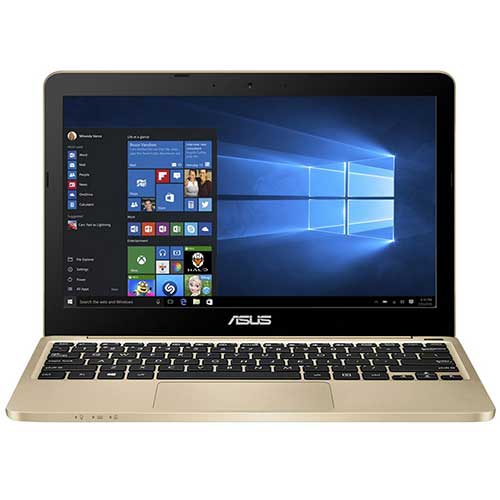Windows 7 (Requires KB3063858 Hotfix, Microsoft Visual C 2015 Redistributable Update 3, and a special Driver Fix. Windows 8/8.1, Windows 10 (Recommended) Mac requires Bootcamp or Parallels + Windows 10 Chromebooks, Phones & Tablets are not supported. Download Snappy Driver Installer for free. Snappy Driver Installer is an application for installing/updating drivers on PCs running Microsoft Windows using driverpacks or included folders with drivers. It can be used to install drivers on newly assembled PCs at places where Internet isn't available.
This section applies to the following vehicles:
- buses with a seating capacity of 24 passengers or less
- ambulances when being used for hire
- vehicles transporting 24 passengers or less for hire, such as a taxi or limousine
Applicable inspection schedule: n/a
Before you begin:

- set the parking brake
- shut off the engine
For a video series on how to perform a Class 4 trip inspection, please visit Upgrade to commercial licence page.
1. Engine compartment
Open the engine compartment and make sure the safety lock for the hood is in the locked position, if equipped.
Inspect the following items:
| Fluid levels | All fluids must be at a safe operating level including:
|
|---|---|
| Belts | Check all drive belts for tension, wear, cracks and fraying. Note: Never check the belts while the engine is running. |
| Hoses | Check all hoses for leaks, fraying or poor connections. |
| Electrical wiring and connections | Check all wiring for bare wires or loose connections. |
| Battery | Check for corrosion and leaks. Make sure the battery and the battery cables are secure. |
2. Vehicle exterior
If there are multiples of the same item on the vehicle, you must inspect each item the same way. For example, on a Class 4 taxi, there will be a minimum of four tires and rims that need to be inspected individually.
Inspect the following items:
| Headlights | Both the low beam and high beam lights must be working. |
|---|---|
| Hazard lights | Check the operation of all hazard lights on the front, sides and rear of the vehicle. |
| Signal lights | Check the operation of both the left and right signal lights on the front, sides and rear of the vehicle. |
| Clearance, marker and identification lights | Where equipped, check that all lights on the top, front, rear and along the sides of the vehicle are working. |
| Tail lights | Make sure they are working. |
| Brake lights | Make sure they are working. |
| Mirrors | All mirrors must be securely attached to the vehicle. |
| Fuel tank | Fuel cap is on and secure. Tank is secure. Make sure there is no fuel leaking. |
| Exhaust leaks | Make sure there are no audible or visible signs of leaks. |
| Fluid leaks | Look for fluid leaks underneath the vehicle. |
| Suspension | Check all suspension components on each axle including:
|
| Frame | Where the frame is visible, look for damage or cracks. |
| Tires | Check each tire for:
|
| Rims | Look for damage or cracks. |
| Lug nuts | Look for missing lug nuts. Look for rust or shiny rings around the contact surfaces to indicate a loose lug nut. |
| Cargo doors or trunk | Must be closed and secure. |

3. Vehicle interior
For the in-cab inspection, some of the items will need to be inspected while the engine is running. We recommend starting the engine before you begin the in-cab inspection.
Inspect the following items:
| Driver seat | Make sure the seat is secure and properly adjusted for you. |
|---|---|
| Driver seat belt | Fasten and unfasten seat belt to make sure it works properly. |
| Passenger seats | All seats must be secure. |
| Passenger seat belts | If equipped, all passenger seat belts must be checked for proper operation. |
| Doors and emergency exits | All entry doors must open and close properly. If equipped, all emergency exits including doors, windows and roof must open and close properly. |
| Mirrors | All mirrors must be clear, unobstructed and not damaged. Make sure all mirrors are properly adjusted for you. |
| Windshield | Must be clear, unobstructed and not damaged. |
| Windshield wipers and washer | Check the wipers for damage and make sure they wipe properly. Turn on the windshield washer to make sure it works properly. |
| Windows | Side and rear windows must be clear, unobstructed and not damaged. |
| Steering | Check for excessive free play. |
| Horn | Make sure it is working. |
| Instrument panel | Make sure there are no warning lights present. Turn on the left and right signals, hazard lights and high beams to make sure the indicator lights are working properly. |
| Gauges | Engine must be running. Identify each gauge and make sure each gauge is in its normal operating range. |
| Switches | Engine does not have to be running, but the key must be turned on. Identify each switch and make sure each switch is in its normal operating position. |
| Heater, defroster and fan speed | For both the driver and passenger compartments:
|
SGI Driver Download For Windows 102
4. Brake response tests
Before driving anywhere, it is important to make sure that your brakes work. This section will explain how to test both the foot brake and park brake for proper operation.
Test the following items:

Sgi Driver Download For Windows 10 32-bit
| Park brake | With the park brake applied, try to gently pull ahead. |
|---|---|
| Foot brake | Release the park brake, drive slowly ahead and apply the foot brake. |